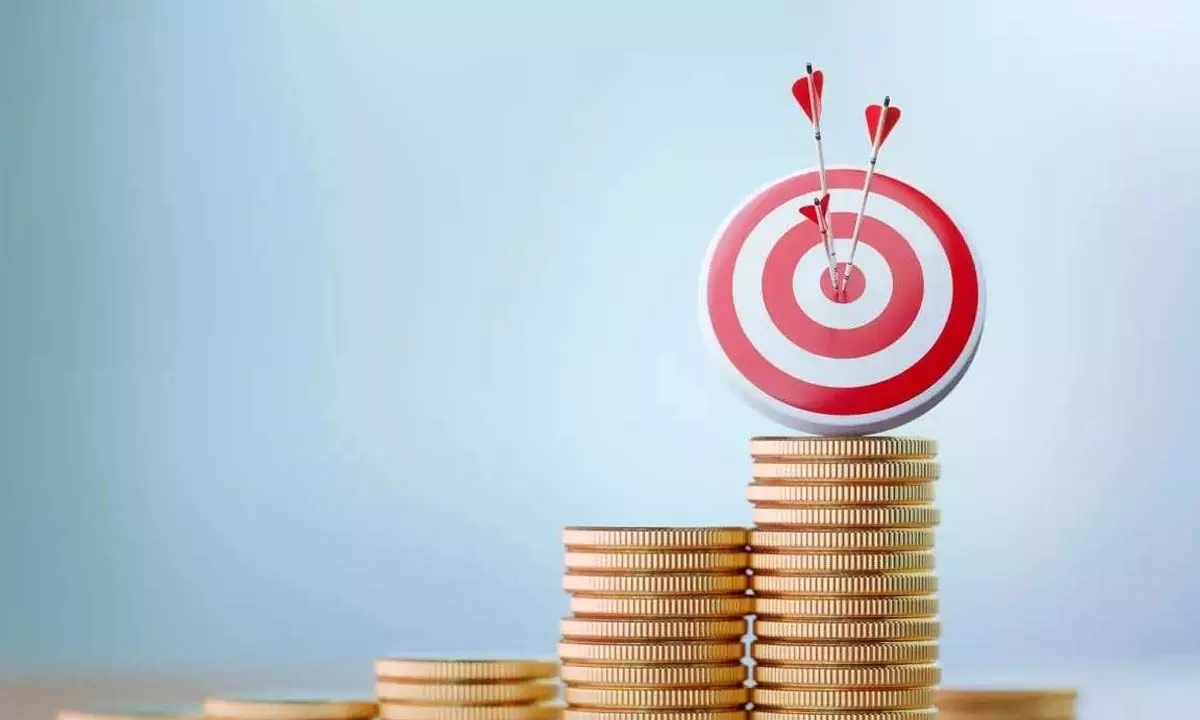How to gain maximum out of investments?
The longer the period of investment, the higher is the interest income earned so one should be aware of the interest cycle of each of the investment
image for illustrative purpose

It’s the beginning of the new financial year and sets off a new tax calendar for individual taxpayers. Also, this brings up new set of rules coming into effect from the budget announcements that needs to be calibrated in one’s planning.
However, one should never alter the long-term goal planning for an annual ritual of tax changes. Instead, device a plan that suits one’s risk appetite and timelines, of course, a bit of course correction could be done in case of an adverse change in tax treatment.
Moreover, these changes are always out of our control and almost always are prospective in nature, so that it wouldn’t impact our past investments. So, any such changes could be imbibed into the future investments and adjusted accordingly. There’re also certain fundamentals one should watch while making investments. It’s to understand the nature of the asset classes and how they generally behave and benefit the individual.
For instance, any debt instrument ie, fixed income product would generate an income and when it’s in the form of interest, it accrues to the income of the individual and accordingly taxed. Also, one must remember that the interest earned is higher if the tenure or term of the investment is longer.
The longer the period of investment, the higher is the interest income earned so one should be aware of the interest cycle of each of the investment.
In case of a Public Provident Fund (PPF) an individual could invest up to Rs 1.5 lakh where the interest earned is tax exempted. This is part of the EEE category ie, Exempt Exempt Exempt, part of tax treatment where one could avail exemption at the time/amount of contribution, interest earned on the investment and at maturity (amount).
Each PPF account could be maintained for a period of 15 years and extended over period of five years twice in their lifetime.
The moot point here, however, is the way the interest is calculated. The interest to be earned is declared on a quarterly basis and is subjected to the discretion of the government. The contributions could be done to the limit either in a lumpsum or distributed in a maximum of twelve parts (monthly). The current prevailing interest rate is set at 7.1% which has remained unchanged in the last twelve quarters.
The interest would be added on 5th of each month to the account and hence as with any debt (interest) oriented investment, a higher interest is generated to those who invest in a lumpsum over monthly.
Moreover, those who time the investment before the 5th of the month tend to accrue higher interest than those who do it later. Thus for fresh deposits made prior to 5th of each month end up earning higher interest as the interest is calculated on the available balance.
Similar is the case with the scheme of Sukanya Samrudhi Yogana (SSY or SSS) where a 15 year account for contribution allowed exclusively on a girl child. Only one account could be opened for each girl child with a maximum contribution of Rs 1.5 lakh per year. A family could open only two such accounts for their girl members. The account must be opened before the child attaining age of 10 years.
This is also a EEE category investment avenue and is subjected to tax deduction under sec 80(C) with a partial withdrawal option is available to access 50 per cent of the investment as the girl child attains the age of 18. The proceeds i.e., partial or full/maturity amounts are tax exempt. The maximum duration of this account is for 21 years.
The investment could be either done in a lumpsum basis or monthly. The moot point is again over the interest calculation cycle where the interest is calculated on every 1st day of the month. So, for someone to benefit maximum out of the scheme, could make the lumpsum on 1st of April every year.
These rules have remained same over the last few years and weren’t subjected to any change this financial year or no amendments done in the budget. So, time the investments in these instruments to gain maximum.
(The author is a co-founder of “Wealocity”, a wealth management firm and could be reached at [email protected])

